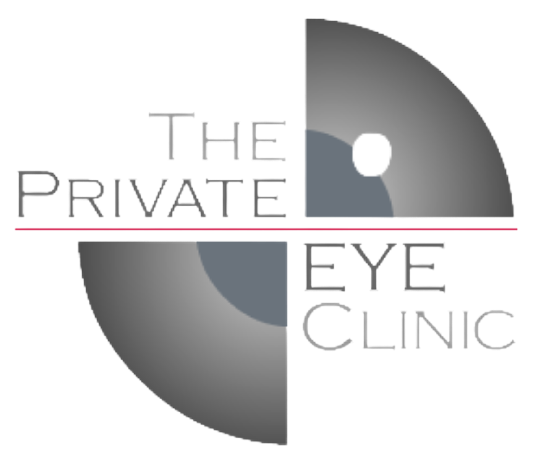
Overview of Treatment for Presumed Congenital Nystagmus
-
Overview of the treatment
1. What looks like Congenital Nystagmus [CN] is usually CN, but might be another type of childhood-onset nystagmus. Even the most experienced doctors who treat CN can be mistaken about whether a particular case really is CN or is another type of childhood-onset nystagmus.
2. An eye movement recording is often helpful in sorting out if the patient really has CN or another type of childhood-onset nystagmus.
3. If an eye movement recording confirms CN, it can show whether the 'foveation time' is good or is poor. If the foveation time is poor, treatment may have more effect than if the foveation time is good. Foveation time is the time the image of interest falls on the centre of the retina.
4. Treatment may have one or more of the following good effects:
a. Improved vision [due to improved foveation time]
b. Larger field of same or improved vision [due to broader and more central null zone] The null zone is the position of the eyes where the wobble is least.
c. Less noticeable nystagmus [due to broader null zone]
d. Less or no need to use an abnormal head or eye position to improve vision
5. Many types of CN are caused by conditions that produce poor vision early in life. Let us call these 'pre-disposing conditions'. These pre-disposing conditions can include albinism, terrible focusing, abnormal optic nerves and poor development of the visual centres in the brain.
6. If CN develops in a patient with one of these predisposing conditions, the vision is then made even worse by the CN. Treatment of the CN in these patients may have the good effects listed in #4, but the effects will be limited by the pre-disposing condition.
7. If a child with CN has a focusing problem, glasses should be tried.
8. Sometimes unusual glasses with prisms may have the good effects listed in #4
9. In CN patients, contact lenses can sometimes improve the nystagmus better than regular glasses do, and may also have the good effects listed in #4.
10. Two drugs often improve CN, gabapentin and memantine. Experience with these is largely limited to adults with CN.
11. Eye muscle surgeries can produce the good effects listed in #4.
12. It is not known if combining contact lenses with drugs and surgery has a greater effect than using just one of these.
13. One of the 'other' types of childhood-onset nystagmus has the awkward name of LMLN [Latent Manifest Latent Nystagmus]. This type of childhood-onset nystagmus can be treated by producing perfect alignment of the eyes, sometimes with glasses, usually by eye muscle surgery.
